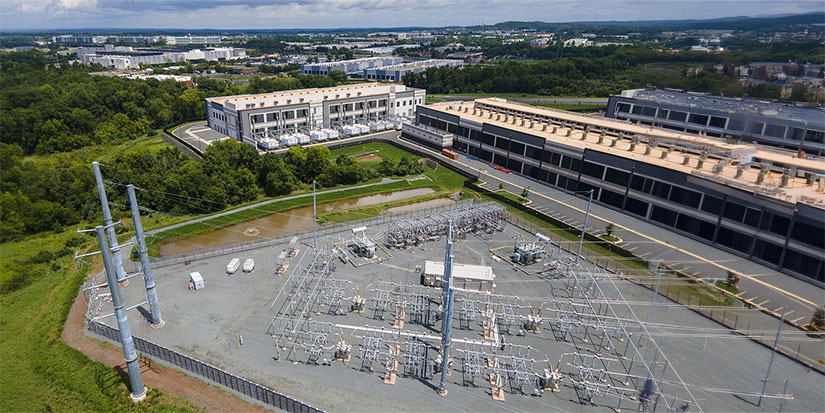cawacko
Well-known member
For those who follow the Middle East closely, thoughts on the potential for what John Mauldin lays out here?
While we’re thinking about energy, let’s talk about recent Middle East events.
Experts have been concerned for a year now the Israel-Hamas and Israel-Hezbollah conflicts would expand into a wider war, interrupting oil supply. It has already slowed down Red Sea shipping traffic. But the worst fears haven’t come to pass. They still could. We don’t know.
Last week brought a new development as rebel forces brought down the Russia-backed Assad regime in Syria. This seems very likely to produce other changes in the region, but what they will be is as yet unclear. My friend Renè Aninao sent a report last weekend noting how we shouldn’t rule out possible positive changes from this.
For example, what if the Syrian regime change inspires an Iranian regime change, removing the current nuclear sanctions and letting more oil flow? That would put downward pressure on oil prices, helping reduce inflation around the globe.
Then imagine if Assad’s fall helps Putin decide to leave Ukraine in exchange for the West droppings its sanctions? That should put some Russian oil and gas back on the market, further depressing oil prices. What would be the effects?
What if, despite historical precedent and my own trepidations, the new Syrian leader actually does what he recently said and allows people to pretty much live peaceably with each other? I hear you laughing in the background, and I have that same skepticism. But if he really followed through on his diplomatic approach, we could see an oil and gas pipeline from Saudi Arabia, Qatar, and the UAE going through Syria to Turkey and then Europe. That would lower the cost of transporting oil and gas and thus the price.
To be clear, I’m not predicting any such things. My point is that we really have no idea what the next few months or years will bring. It all depends on factors that are outside of anyone’s control. We may think we know what Trump will do but he’s still weeks away from office. We could be in a radically different world even before January 20.
Energy is an area where the long-term trends are actually clearer than those for the next year or two. Which is why it’s important to both a) understand where the world is heading 5–10–20 years out, and b) not get too excited about the daily and weekly noise.
And a quick side note: President-elect Donald Trump has said that he wants to expedite approval of any project where investors want to spend $1 billion or more in the US. Given the need for clean energy, why not make it possible to build 20 nuclear power plants over the next five years? We are going to need that power, and it would let us reduce our dependence on coal. Reducing the regulatory barriers would be a good start.

 www.mauldineconomics.com
www.mauldineconomics.com
Clear as Mud
While we’re thinking about energy, let’s talk about recent Middle East events.
Experts have been concerned for a year now the Israel-Hamas and Israel-Hezbollah conflicts would expand into a wider war, interrupting oil supply. It has already slowed down Red Sea shipping traffic. But the worst fears haven’t come to pass. They still could. We don’t know.
Last week brought a new development as rebel forces brought down the Russia-backed Assad regime in Syria. This seems very likely to produce other changes in the region, but what they will be is as yet unclear. My friend Renè Aninao sent a report last weekend noting how we shouldn’t rule out possible positive changes from this.
For example, what if the Syrian regime change inspires an Iranian regime change, removing the current nuclear sanctions and letting more oil flow? That would put downward pressure on oil prices, helping reduce inflation around the globe.
Then imagine if Assad’s fall helps Putin decide to leave Ukraine in exchange for the West droppings its sanctions? That should put some Russian oil and gas back on the market, further depressing oil prices. What would be the effects?
What if, despite historical precedent and my own trepidations, the new Syrian leader actually does what he recently said and allows people to pretty much live peaceably with each other? I hear you laughing in the background, and I have that same skepticism. But if he really followed through on his diplomatic approach, we could see an oil and gas pipeline from Saudi Arabia, Qatar, and the UAE going through Syria to Turkey and then Europe. That would lower the cost of transporting oil and gas and thus the price.
To be clear, I’m not predicting any such things. My point is that we really have no idea what the next few months or years will bring. It all depends on factors that are outside of anyone’s control. We may think we know what Trump will do but he’s still weeks away from office. We could be in a radically different world even before January 20.
Energy is an area where the long-term trends are actually clearer than those for the next year or two. Which is why it’s important to both a) understand where the world is heading 5–10–20 years out, and b) not get too excited about the daily and weekly noise.
And a quick side note: President-elect Donald Trump has said that he wants to expedite approval of any project where investors want to spend $1 billion or more in the US. Given the need for clean energy, why not make it possible to build 20 nuclear power plants over the next five years? We are going to need that power, and it would let us reduce our dependence on coal. Reducing the regulatory barriers would be a good start.

Demanding Energy
John Mauldin shares an interesting conversation with a top energy expert.



